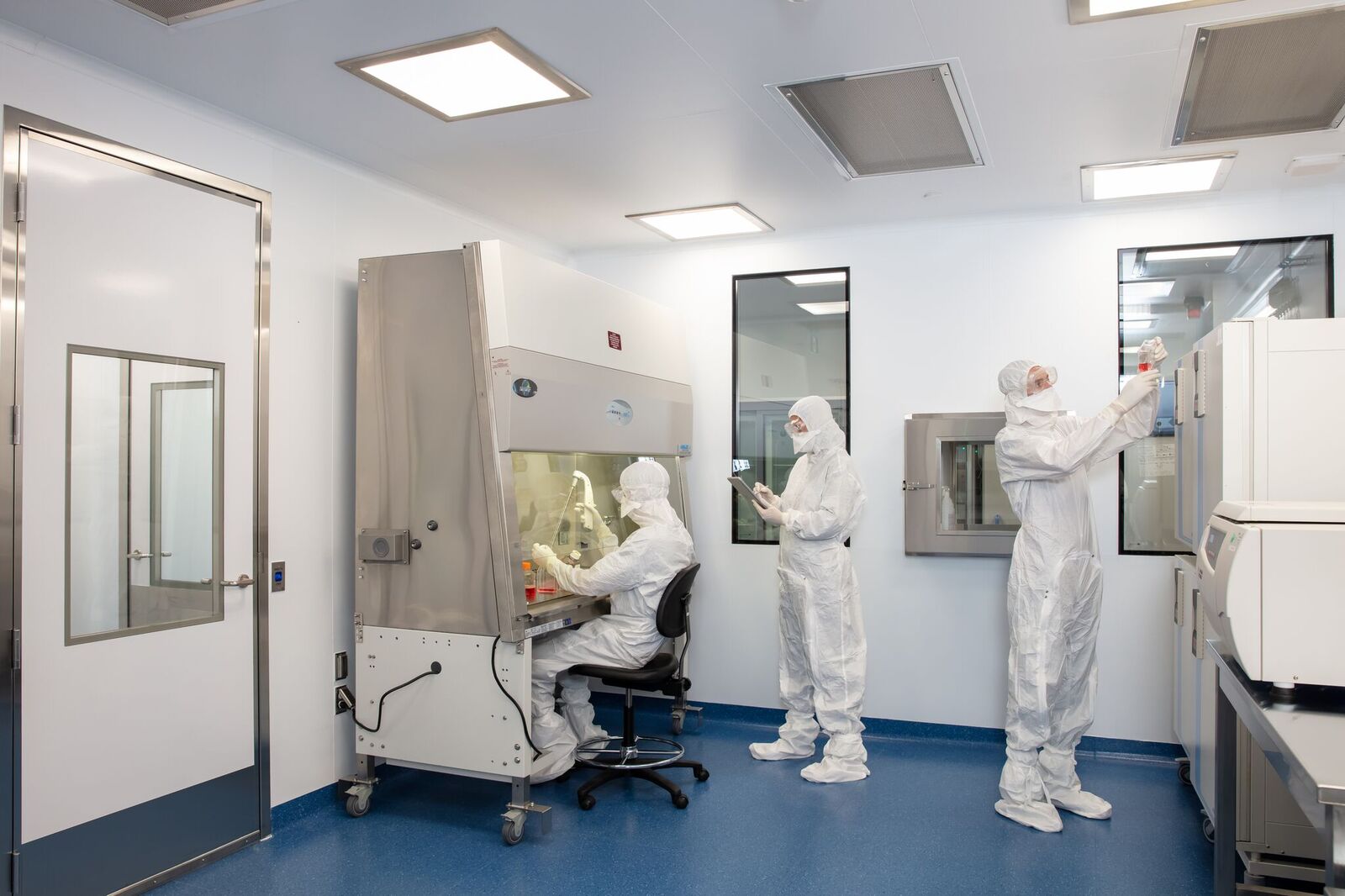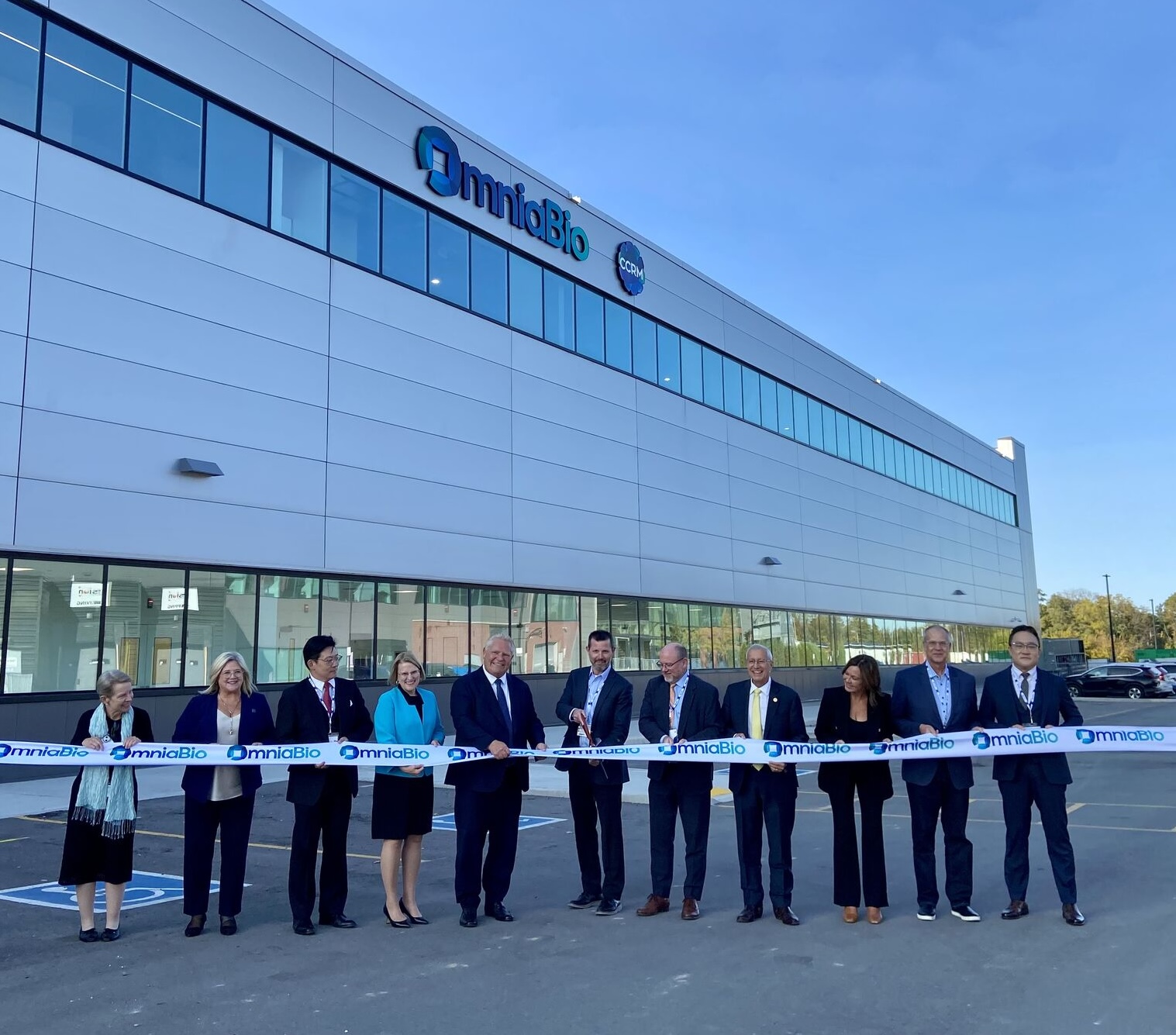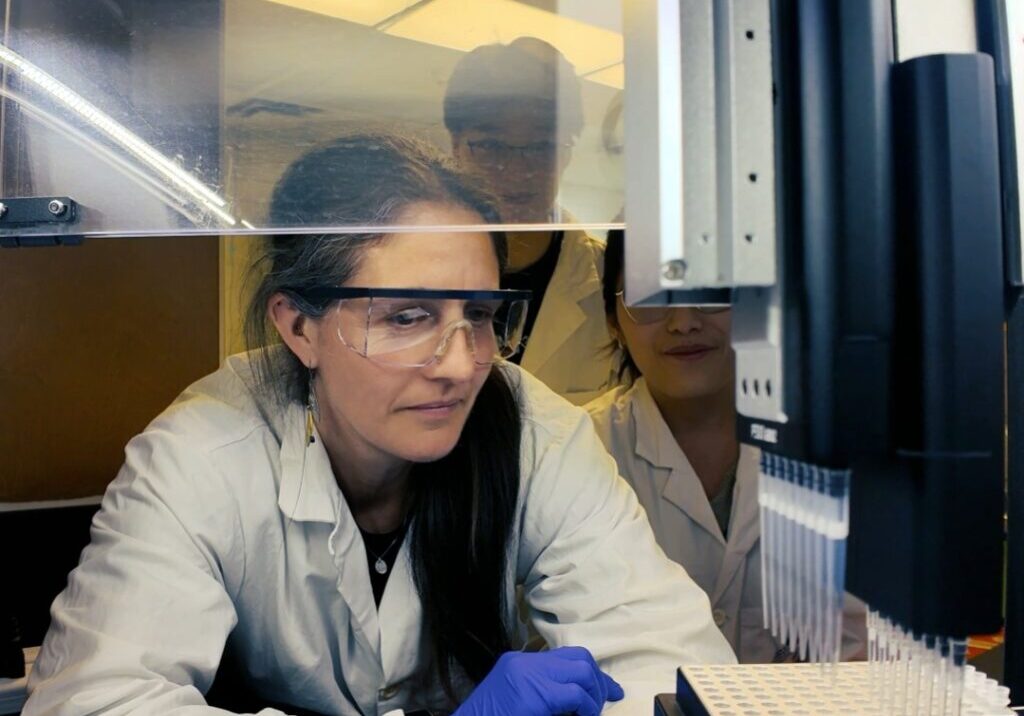
Q&A: Why CCRM invests in future biomedical engineers
As a leader in regenerative medicine commercialization in Canada, CCRM is committed to fostering the next generation of innovators in the field. This year, the organization is sponsoring the Toronto Biomedical Engineering Conference (ToBE), a student-led research conference taking place on May 9th. We recently spoke to Stacey Johnson, Vice President Communications and Marketing at CCRM, to discuss the organization’s role in advancing regenerative medicine, the challenges and opportunities in the field, and why supporting student-driven initiatives like ToBE is essential for building Canada’s leadership in this rapidly evolving industry.
CCRM’s role in regenerative medicine commercialization and industry growth
Can you provide an overview of CCRM and its core mission?
CCRM was launched in 2011 with seed funding from the Networks of Centres of Excellence, a program created by the Government of Canada. We were founded to commercialize the excellent science being developed in Canada that wasn’t reaching the marketplace. Our purpose is to solve the big challenges in the regenerative medicine field to propel Canada to a leadership position in this global industry.
Can you briefly describe CCRM’s role in the commercialization of regenerative medicine?
While there are a number of challenges in commercializing regenerative medicine-based technologies and cell and gene therapies, CCRM has been focused on developing a thriving ecosystem in Canada. As such, our priorities have been in four areas: manufacturing, venture investment, technological development (including company creation), and training.
What challenges does the regenerative medicine industry currently face, and how is CCRM addressing them?
There are many challenges in our industry and CCRM is currently tackling several of them. A priority is to keep Canadian companies from moving their headquarters to the United States when they are ready to manufacture their products. Therefore, CCRM launched a contract development and manufacturing organization (CDMO), OmniaBio Inc., in 2022, to give Canadian companies a domestic manufacturing option for their products.
A second challenge is having a skilled workforce to address Canada’s workplace needs. In 2021, CCRM partnered with Montreal-based CellCAN to establish the Canadian Advanced Therapies Training Institute (CATTI). It offers in-person and virtual training in advanced biotherapeutics manufacturing under Good Manufacturing Practices (GMP).
Are there any recent success stories of companies or technologies that CCRM has helped bring to market?
Absolutely! With our partners (it takes a village after all), CCRM launched Notch Therapeutics in 2019. It was the first company to move through CCRM’s incubation program and boasted a US$85-million Series A financing. Notch is building best-in-class T-cell therapies to treat cancer.
CCRM has more than a dozen companies in its portfolio, which have together raised over CA$1.2 billion.
What are some key trends in regenerative medicine that students and young researchers should be paying attention to?
Artificial intelligence (AI) is a key trend that we are seeing being adopted and integrated into CDMOs. At OmniaBio, machine learning allows computers to learn from data and generate decisions or predictions. It may provide suggestions about materials used in the manufacturing process that could be substituted to produce a better or less expensive product. Robotics may take the form of robotic arms to full humanoid robots. Robots can execute many manufacturing tasks faster, with a smaller footprint and with less chance of errors. Finally, biosensors play a key role in ensuring biomanufacturing standardization and quality control. Vision-based control systems can be used to examine robotic actions taken in cell therapy production and ensure steps are being executed correctly, with the goal of AI to detect whether or not the cell therapy has been perfectly executed.

Commitment to student-led innovation and training
What motivated CCRM to sponsor this student-organized research conference (ToBE)?
CCRM is helping to build a thriving regenerative medicine ecosystem in Canada. This takes many forms, including supporting the next generation of leaders in the industry. CCRM was required to have an institutional host when it launched, and it has maintained a strong and collaborative relationship with the University of Toronto (U of T). CCRM does what it can to support student events at U of T, but also at universities across Canada.
How does supporting student-led initiatives align with CCRM’s mission?
Our support of student-led initiatives feeds into our focus on training. We believe building skills and leadership experience is crucial for Canada to be a leader in the field – a goal of CCRM’s. From establishing CATTI, to helping to develop curriculum at colleges and universities, to giving our employees multi-disciplinary skills to enable them to thrive as leaders when they move on from CCRM, to hosting educational events for academics and industry, there are many ways that we support training.
What impact does CCRM hope to have on the students and researchers attending this event?
Regenerative medicine, including cell and gene therapy, is an exciting field. We hope the students become curious about our work and that we raise awareness of the cutting-edge developments happening in the field, which is really the future of medicine.
Are there any specific projects or collaborations that have emerged from CCRM’s engagement with students or academia?
CCRM and U of T’s Medicine by Design established Summer by Design in 2017 to offer PhDs and postgrads from Canada and abroad an opportunity to learn about and build their commercialization skill set, while developing an international network of peers. The program now has a large cohort of highly qualified personnel from around the world. A few graduates have worked at CCRM, and we continue to stay in touch with many of them.
CCRM’s blog, Signals, supports trainees with writing skills and an interest in science communications. The bylined blogs provide trainees with material for their portfolios, and they are paid for their submissions. Writing for Signals is an opportunity for them to demonstrate their knowledge and expertise, and build their thought leadership in the field.

Predictions, opportunities, and advice for aspiring researchers
How does CCRM see the future of regenerative medicine evolving?
Regenerative medicine is transforming human health and health-care systems. Borrowing from a blog post on Signals, which was making predictions for the field in 2050, Dr. Cynthia Lavoie, President & Chief Investment Officer, CCRM Enterprises Inc. (CCRM’s investment arm), stated that cell and gene therapies will have shown great promise as the ultimate precision medicine. In the area of investing, she predicts “a broadening of venture capital dollars into areas of cell and gene therapies outside of oncology, including metabolic diseases, auto-immune disorders, and even cardiovascular diseases long overlooked by early-stage investors. We will see 30 years of additional clinical experience with cell therapies and cell-editing technologies, several of which should result in regulatory approvals. With this, I expect the investor pool to expand to include more late-stage and growth investors, rounding out the access to capital at every stage of drug development – creating a healthy market for developing cures!”
Mitchel Sivilotti, President and CEO of OmniaBio Inc., CCRM’s CDMO subsidiary, had this to say: “Economics will continue to be a key driver. The cost of providing curative, often one-time, treatments is not only high but also concentrated around the time of the single treatment rather than spread over many years, as seen with traditional pharmaceuticals. This reality will drive outcome-based payment models, and it will also influence modality selection by therapeutic developers. Patient-specific cell and gene therapies will continue to play an important role; however, it would follow strong logic that the market will focus on more scalable modalities like induced pluripotent stem cell (allogeneic) approaches and in vivo technologies aided by viral vector, lipid nanoparticle and other delivery advancements. Coupled together with advancements in manufacturing and supply chain automation, and supported by artificial intelligence, cell and gene therapies have incredible potential.”
What advice would you give to students and early-career researchers looking to get involved in cell and gene therapy commercialization?
Regenerative medicine is the future of medicine. It is a hybrid field that brings together engineering, cell biology and molecular biology, and success is built around having hybrid skills. Whether you are a scientist who understands intellectual property, patents and regulatory affairs, or an engineer with business development and commercialization know-how, diversify your education and skills.









